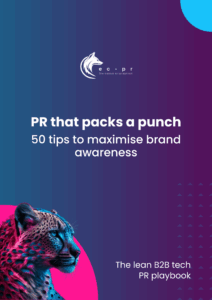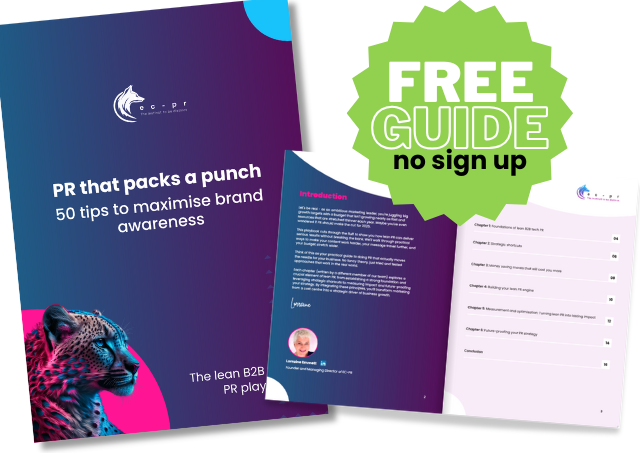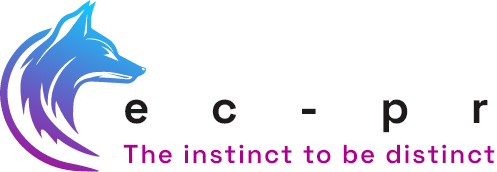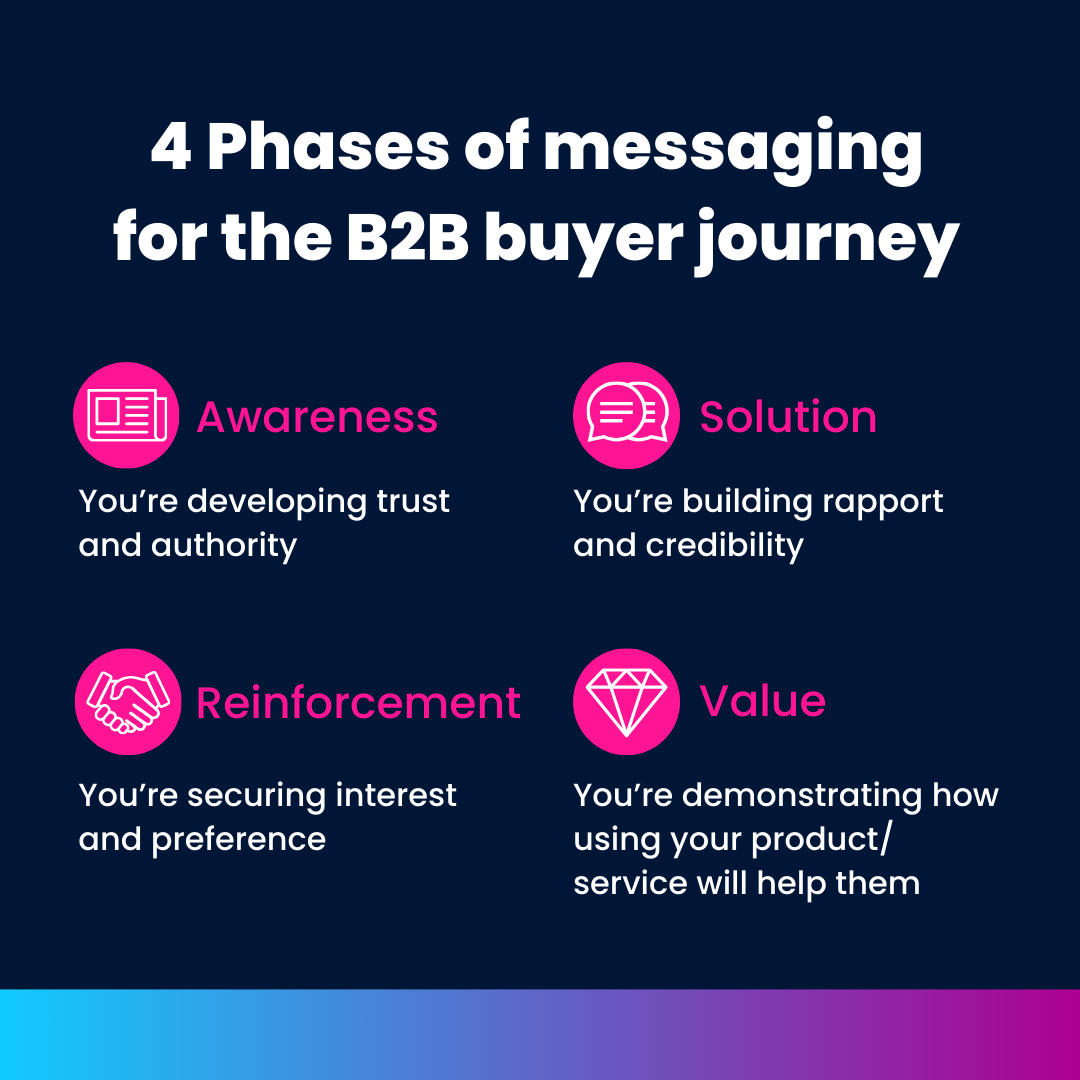
5 Ways to maximise a tight marketing budget
Marketing budgets tight? Here’s the silver lining…
It will force you to be laser-focused on what actually works.
In this article I will show you how to find out what will work for your business, and how to implement and measure these marketing strategies.
Key takeaways
- Stop casting a wide net. Create detailed buyer personas so you understand what drives your genuine prospects.
- Have meaningful conversations with your existing customers to reveal valuable intelligence about their buying decisions.
- Develop thoughtful messaging that reaches your target audience at different points of their buying journey.
- Focus on platforms and publications where your personas spend time.
- Measure your results. With clarity you can refine and reinvest effectively.
A constrained marketing budget can be the catalyst for transformation
In today’s economic climate, many businesses are facing the challenge of restricted marketing budgets. But, this constraint might just be the catalyst for transformation that your marketing strategy needs. A limited budget can drive you to be more focused, strategic and ultimately more effective in your marketing efforts.
1The power of laser-focused marketing
When resources are limited, you’re forced to eliminate waste and focus on what truly works. This presents an opportunity to really understand and connect with your target audience; the people who will actually buy from you. Instead of casting a wide net, you can concentrate your efforts on reaching and engaging the right prospects with precision.
The key to maximising a tight budget lies in developing detailed buyer personas. This means going beyond basic demographics to gain a deeper understanding of your prospects. You need to know what drives their purchasing decisions, where they source their information and which pain points keep them awake at night. Most importantly, you need to understand why they choose certain solutions over others.
Learn from your current customers
You’ll discover more authentic ways to connect with your audience. This shift typically results in stronger customer relationships and more sustainable growth
3Align your messaging with your buyer journey
Understanding your audience allows you to create targeted content that guides prospects through each stage of their buying journey. Your messaging needs to evolve as prospects move from initial awareness, when they first realise they have a problem, through to consideration as they evaluate potential solutions. It should then support them during the decision phase when they’re ready to make a purchase and finally nurture them into becoming loyal advocates for your brand. By mapping your messaging to these stages, you ensure that every piece of content serves a specific purpose in moving prospects closer to a purchase decision.
4Select platforms and publications
With limited resources, you can’t afford to be everywhere, nor should you try to be. Instead, focus on the platforms and publications where your target audience actually spends their time. For B2B tech companies, this often means prioritising LinkedIn over other social media platforms and contributing thought leadership to specific industry publications. Building relationships with relevant trade media and participating in targeted industry forums and events can yield better results than trying to maintain a presence across every possible social media channel.
5Clearer results for decision-making
The beauty of a focused approach is that it allows you to demonstrate clear results. When your marketing efforts are concentrated on specific channels and audiences, it becomes much easier to track engagement and audience response and measure the impact on business goals. This focused approach helps build a compelling case for increased budget allocation.
As you begin to see success, you can use this momentum to justify increased marketing investment. When stakeholders see that your targeted approach is delivering measurable results, they’re more likely to allocate additional resources to your marketing efforts.
Making every investment count
A restricted budget forces you to be more strategic about where and how you invest your resources. This often leads to more thoughtful campaign planning and better alignment between marketing activities and business goals. You’ll find yourself focusing more intensely on measuring and demonstrating results while making more efficient use of available resources. The discipline required to work within tight constraints often leads to innovation and creative problem-solving that might never have emerged in a more comfortable financial environment.
From constraint to competitive advantage
What initially seems like a limitation can become your competitive edge. When budgets are tight, businesses often discover more authentic ways to connect with their audience, moving away from high-cost, low-impact activities toward more meaningful engagement strategies. This shift typically results in stronger customer relationships and more sustainable growth. Many successful companies look back on periods of budget constraints as transformative times that helped them develop more efficient, effective marketing practices that continued to serve them well even after resources became more abundant.
Successful marketing isn’t about having the biggest budget, it’s about making smart, strategic decisions that connect with your target audience and drive business growth. By embracing the constraints of a limited budget, you may find yourself developing more effective, focused and sustainable marketing strategies that serve your business better in the long run.
Cut the fluff! Tech PR that drives serious results

 Download our free guide:
Download our free guide:
PR that packs a punch: 50 tips to maximise brand awareness
Get actionable insights that focus your marketing budget on a public relations approach with proven results!

PR that packs a punch: 50 tips to maximise awareness
Cut through the fluff and learn how PR can deliver serious results without breaking the bank
A free guide - no sign up required.
Our insights
Subscribe to our updates
Stay up to date with the latest insights, case studies and PR guides.


